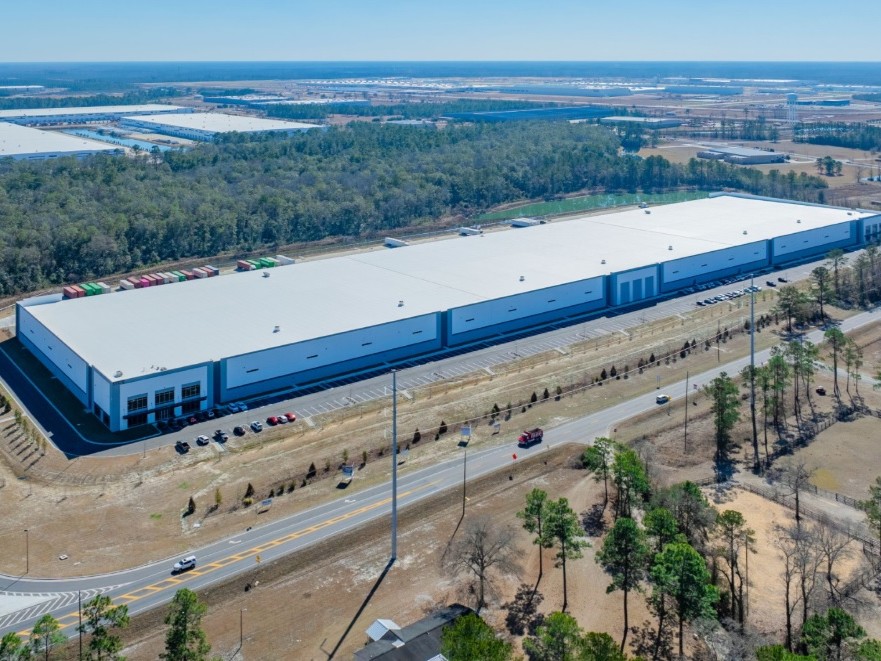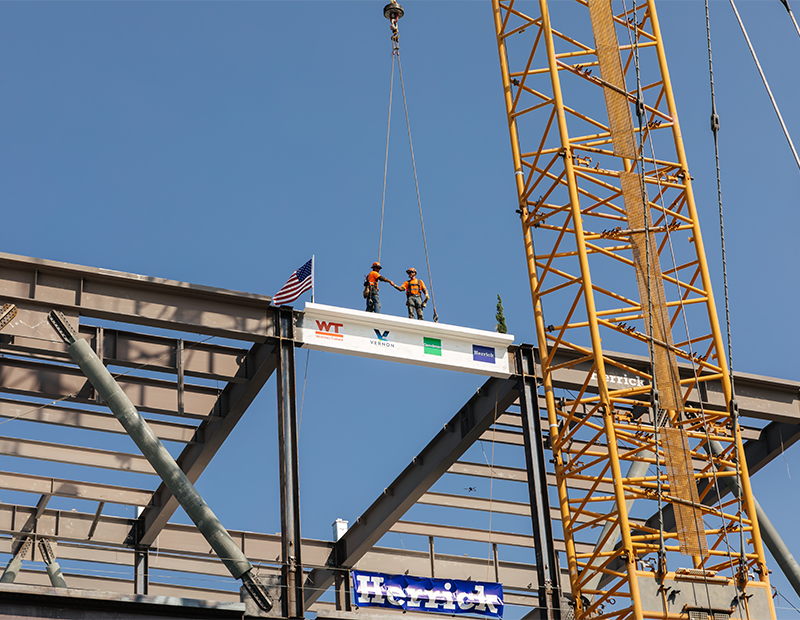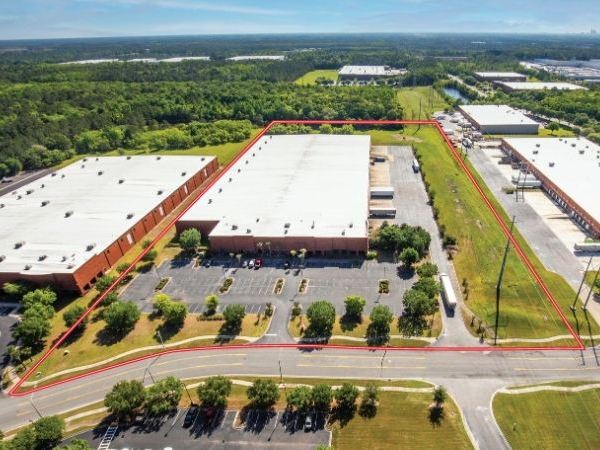What’s Fueling the Rapid Expansion of Phoenix CRE
The Valley is booming, but does it have what it takes to last? Industry veteran Bob Osbrink, head of Matthews’ Phoenix office, shares his insights.
There’s no stopping Phoenix commercial real estate—or so it seems. The Valley lies at the very convenient intersection of Arizona’s business-friendly environment, solid workforce base and reliable infrastructure. And there is room for more—more construction, more investment, more opportunities.
Bob Osbrink, the recently appointed executive vice president & market leader of Matthews Real Estate Investment Services Phoenix, expects the metro to grow some more in the next few years. Commercial Property Executive talked to the industry veteran about what is attracting developers and investors, as well as his plans for Matthews’ most recently established office.
READ ALSO: Top Projects That Will Reshape Phoenix
What are the strengths and weaknesses of Phoenix’s commercial real estate market nowadays?
Osbrink: The Phoenix commercial real estate market has historically experienced many ebbs and flows. These constant fluctuations are what have previously discouraged investors. This cycle, however, is fueled by something unique. Investors are pouring into the Arizona market in need of options as taxes, restrictions and the cost of doing business rise dramatically in neighboring states.
It is anticipated that Arizona’s business-friendly environment will drive both individuals and corporations to the market over the next decade. With the population base already in place and an infrastructure that can handle growth, Phoenix boasts a perfect combination for the expansion to take place. In a way, it is the same dynamic that grew Southern California and prompted development outside of Los Angeles proper.
Tell us how California markets compare to Arizona. What would you say are the main similarities and differences?
Osbrink: California and Arizona compare from a historical perspective. Real estate is booming in Arizona, similar to the boom in California a decade ago. Arizona’s growth will be similar to that of California, serving as the Western U.S. hemisphere’s “funnel” to the rest of the country.
For example, Arizona has access to approximately 35 million customers across various states within a single day’s truck ride. This growth is analogous to the past decades in Orange County, the Inland Empire, San Gabriel Valley and Santa Barbara, and the growth expected in Arizona over the next few years.
When comparing differences in the two markets, California is the idealistic investment decision, while Arizona is the realistic investment decision. As California became “overbuilt” and land became expensive, investors were priced out of these core coastal markets. Therefore, product moved and grew into interior markets like Arizona, which has benefited investors differently.
Arizona’s historic pro-business environment proved attractive to corporations looking to relocate headquarters and investors looking to place capital. As such, Phoenix continues to be one of the best-performing markets for job and population growth, translating to income growth and equity growth.

The 897,315-square-foot Latitude 303 Logistics in Glendale, Ariz., is just one of the many industrial speculative developments taking shape across the Valley. Image courtesy of CBRE
How do you expect the Phoenix real estate market to perform going forward? Are there any trends likely to transform the metro?
Osbrink: I fully expect the Phoenix market to rise and expand in the coming years. It is a large part of why I chose to take residence in the market this year. As investors are being priced out of core coastal regions such as California, they pursue opportunities in interior markets like Phoenix. According to a recent Matthews Investor survey, nearly 57.8 percent of investors are prioritizing secondary markets in 2021.
The market’s overall strong value proposition has prompted industrial demand to skyrocket, with companies seeking space for expansion and new facilities. Service-based companies HelloFresh, DoorDash, OpenDoor, UPS, among many others, recently invested in large industrial spaces within the metro, looking for relative affordability and business-friendly regulations.
Overall, the companies Phoenix is attracting have evolved into a diversified economy, essential to long-term sustainability. Another trend entails investors targeting distressed and opportunistic assets in 2021.
What are your immediate and long-term goals at Matthews Phoenix?
Osbrink: In the immediate term, my goal is to continue building the team at Matthews’ Phoenix location with talent that fits the Matthews culture, where we hire skillset over mindset. Long term, this will lead to Matthews becoming a dominant factor in the Phoenix market as we continue to grow, not only in headcount but in-market presence, by executing more and more transactions every day. A growing firm in an emerging market is a wonderful combination to have in front of us, and we expect to take full advantage.
You’ve been through multiple economic downturns. What were the most valuable lessons you learned and how did they help you during the most recent recession?
Osbrink: When going through downturns, it’s important to maintain a high work ethic as this will yield large results. The market and economy will inevitably find their way back, but it’s important to “keep the train moving” by maintaining and creating relationships, despite a slowdown in velocity. Most downturns experience repositioning and business closure, but the capital always has the ability to assess the circumstances and emerge on the other side. More often than not, fortunes are made through and the years following downturns.
What would you advise someone who has just entered the commercial real estate field? What skills do they need to become a successful broker?
Osbrink: Nothing beats hard work. For someone entering the field, the skills and fundamentals learned during training are what move success forward. Understanding all aspects of the process of selling or leasing commercial real estate will build trust and credibility, producing long-term relationships with clients. More importantly, becoming a “student” of the business by learning every aspect of the market cycle will prove beneficial when clients rely on you for market insight.
The top brokers, not only at Matthews but throughout the industry, are specialists. A successful broker works every day to become the market expert in their specific product type. Lastly, the goal is to serve the client’s interests and goals, so relating to the client’s underlying motivation is key. These are all crucial components of value proposition and can be worked on every day. Becoming a successful agent is based on the process of building successful habits.








You must be logged in to post a comment.